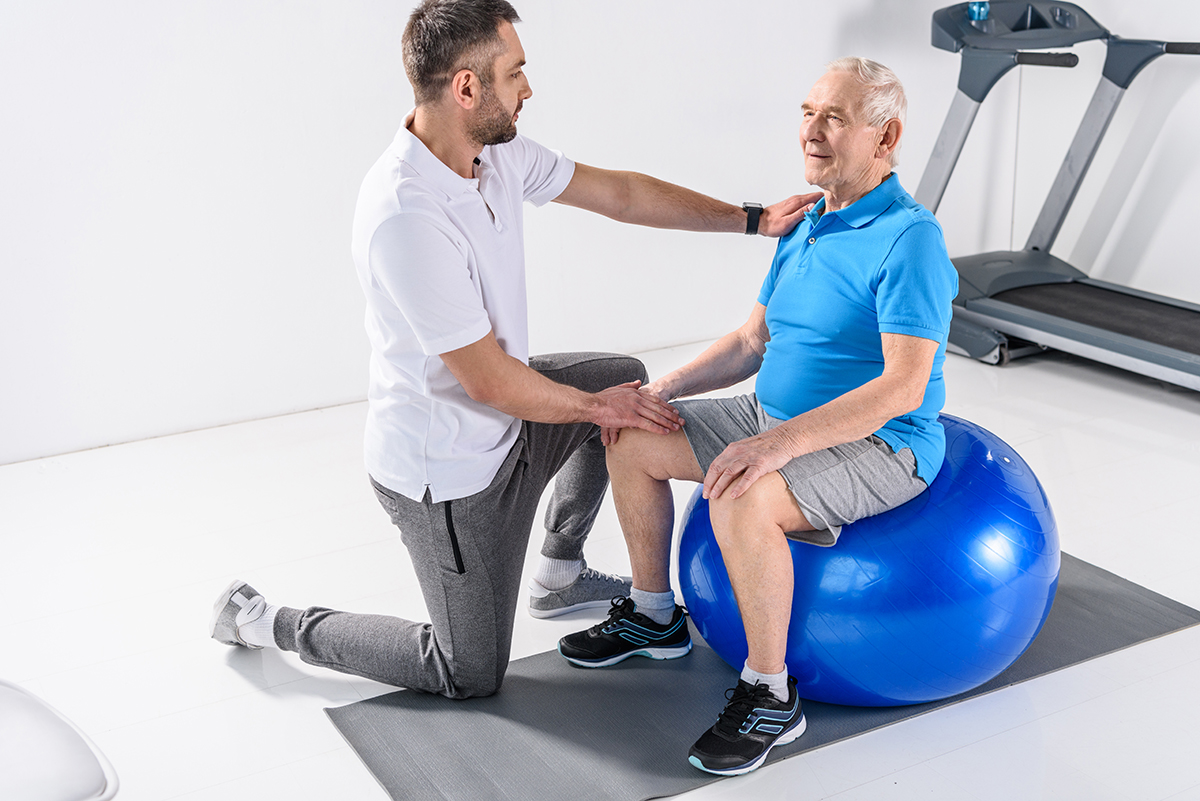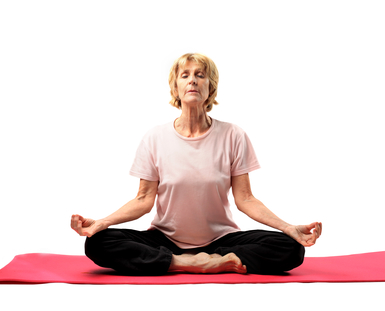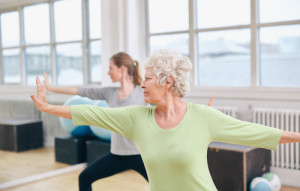Why Yoga Professionals Should Join the MedFit Network
It is safe to assume that not everyone a yoga professional works with is injury or disease free. As a yoga professional, it is your responsibility to ensure that you provide your clientele with safe and effective programming. The question you have to ask yourself is: are you truly qualified and up to date on the latest information to work with your current (and future)? A second question to ask is are you marketing yourself to those who need you most in this healthcare crisis? If you’re honest, you should at least say that perhaps you are not.
Well, this is where the MedFit Network (MFN) can help! MedFit Network (MFN) is both a professional membership organization for yoga, fitness and allied healthcare professionals, and a free online resource directory for the community to locate professionals with a background in prevention, treatment, and rehabilitation in working with those with chronic disease or medical conditions. As a yoga professional, here are three reasons why you should join the MedFit Network



 Just as yoga can improve overall physical fitness for healthy individuals, it can improve fitness for people with arthritis. But with this population, the stakes are even higher. Yoga can improve balance, which prevents dangerous falls. Yoga practice can enhance flexibility, which allows individuals to maintain mobility over time. Improved strength means greater joint stability. Improved strength means a reduction in the muscle loss that accompanies some forms of arthritis. Improved strength means an increased ability to participate in everyday activities that can be challenging as joints deteriorate.
Just as yoga can improve overall physical fitness for healthy individuals, it can improve fitness for people with arthritis. But with this population, the stakes are even higher. Yoga can improve balance, which prevents dangerous falls. Yoga practice can enhance flexibility, which allows individuals to maintain mobility over time. Improved strength means greater joint stability. Improved strength means a reduction in the muscle loss that accompanies some forms of arthritis. Improved strength means an increased ability to participate in everyday activities that can be challenging as joints deteriorate.